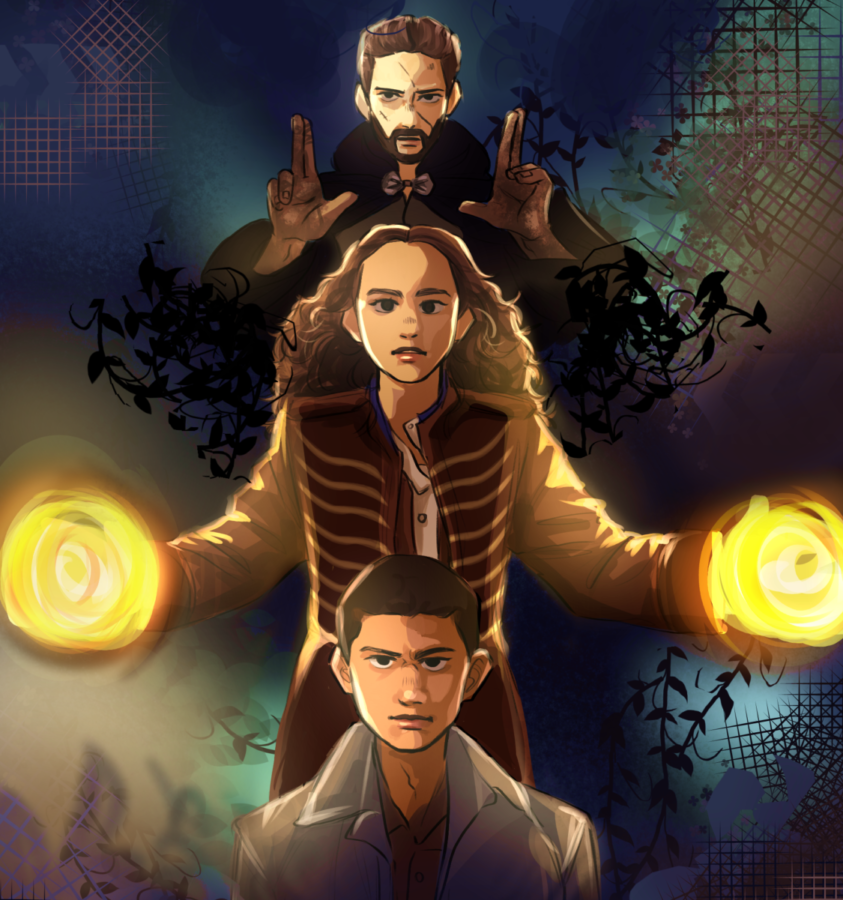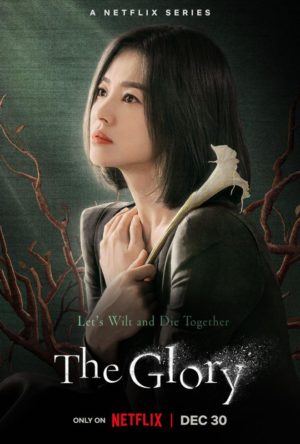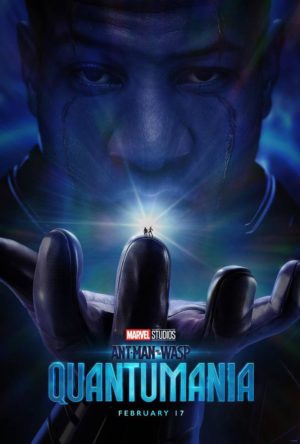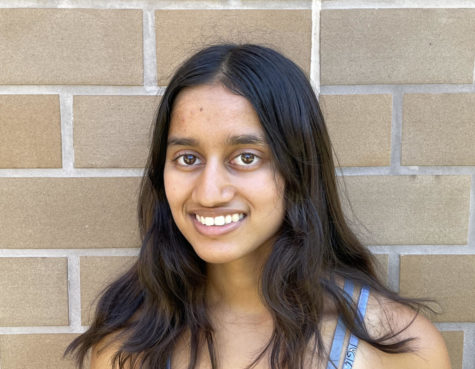“Shadow and Bone” Season 2 illuminates how Netflix has failed diverse shows
Vanessa Le
Stunning visuals and talented acting can’t compensate for “Shadow and Bone” Season 2’s faltering plot.
April 25, 2023
Amid cancellation fears, Netflix’s “Shadow and Bone” crowds its adventurous second season with too many storylines, overshadowing fundamental plot and character beats.
The eight-episode season, released March 16, jumps back into the action from where Season 1 left off. Sun Summoner Alina Starkov (Jessie Mei Li) is on the run from the Darkling’s forces after a failed attempt to destroy the Shadow Fold – a vast expanse of darkness that splits the country of Ravka into two. Alina is in search of the legendary amplifiers that she hopes will strengthen her Grisha matter-manipulation powers, enabling her to take down the Fold once and for all. On her way, she faces pirate crews, Ravkan royalty and the Darkling (Ben Barnes) himself, each of whom seek to gain something from her unique abilities. Meanwhile, the resourceful gang known as the Crows gain new allies as they attempt a deadly heist – until their paths collide with the international turmoil that drives Alina’s actions.
If those plotlines sound complicated, it’s because they are. “Shadow and Bone” is an adaptation of author Leigh Bardugo’s bestselling Grishaverse novels, which consist of three series totaling nine books. While the first season followed the first book’s plot fairly chronologically, the second expands the scope of the story to include plot points from seven different books, many of which are set years apart.
Why remix the plot like this? Because “Shadow and Bone” was created under pressure. Netflix is infamous for canceling its original shows after one or two seasons, especially those that center a diverse cast of characters, despite high ratings from viewers. Diversity in race, sexuality, mental health and disabilities has always been a marketing point for “Shadow and Bone,” which sets it apart from other fantasy series like “Game of Thrones”. Although the show isn’t popular enough to be safe from sudden cancellation, it does have an incredibly dedicated fanbase that has been vocal about wanting to see their favorite book scenes on screen. However, the majority of the fan-favorite scenes appear in later books such as the beloved “Six of Crows” duology. “Shadow and Bone” would therefore need several seasons to fully retell the novels in chronological order.
The main issue is that the showrunners preemptively decided “Shadow and Bone” was at high risk of getting canceled – and justifiably so, given the similar fate of diverse Netflix shows like “First Kill” and “I Am Not Okay With This”. As a result, they rushed to cram in as many iconic book moments as possible in an attempt to sate fans. But throwing together these scenes for the sake of it comes at the cost of a well-developed storyline.
One of Alina’s main goals this season is ostensibly to find the Sea Whip, one of the two remaining amplifiers – which she accomplishes halfway through the second episode in an underwhelmingly short battle. Meanwhile, the Darkling is difficult to take seriously as an antagonist, because most of his screen time is spent moping around with a hacking cough and a gang of followers who look like they just got off their shift at Hot Topic. And his final defeat is also a two-minute affair that takes shockingly little effort from the protagonists.
Similarly, a whole host of side quests – heists, fights, international trips – occur in such rapid succession that it simultaneously feels like too much is and nothing at all is happening. It can be gratifying for devoted Grishaverse readers to see these moments play out on screen, but for anybody else, they’re underbaked and lack context – which is ironic, because the whole point of creating a show is to appeal to an audience who hasn’t read the books.
For example, the relationship between Kaz (Freddy Carter) and Inej (Amita Suman), two of the Crows, is meant to be developing gradually as both overcome severe trauma. But their interaction in the final episode was an odd mashup of four scenes from the “Six of Crows” duology, which range from the beginning of the first book to the end of the second. At different points in the books, these characters are in different stages of growth, so to randomly cut and paste quotes together creates logical gaps in their development. Instead of building a relationship viewers can root for, their actions become hollow and meaningless.
Worse still, condensing these scenes means that vital moments are left out. Inej is a survivor of sex trafficking and abuse, and suffers from PTSD that impacts her relationship with Kaz. However, the lines where she opens up about this were removed completely from the adaptation. This follows a larger pattern of her trauma being glossed over in favor of being Kaz’s love interest. When inhaling a toxin that makes three other male characters hallucinate about their families and backstories, Inej’s dream is about Kaz. When Inej’s abuser dies out of the blue, her reaction is never shown. It’s a disservice to her character arc and harmful to sexual assault survivors that Inej’s story has been reduced like this.
The unfortunate part is that the writers had no need to butcher scenes from the books, because they already have proved that they’re capable of producing thoughtful and original content. For example, the Crows’ arc in Season 1 established their dynamic personalities without rushing ahead into later storylines. Similarly, Season 2’s ending delineates completely from the plot of the novels, but it works well because it takes the characters in a wholly new direction and explores themes that the books might not have covered. It’s possible to keep characters consistent and interesting without relying on book quotes as a crutch. It’s clear from the first episode that Season 2 deviates from the books, so why not go all the way? Why not seize this opportunity to create something unique?
“Shadow and Bone” is limited by fear – a fear of cancellation that makes the creators so eager to please fans that they lose sight of the story’s real substance. Ironically, this has only sealed the show’s fate. While Season 1 was first on Netflix’s global popularity charts for nearly three weeks after its release, Season 2 fell from the top spot after only six days. The failure of “Shadow and Bone” highlights the culture streaming services like Netflix have created, where representation is erased and quality catastrophically reduced in the bid to keep shows afloat for one more season.




